Mountain lions, also known as pumas or cougars, have long been a symbol of wild America. These majestic creatures once roamed across the entirety of the United States, from the Atlantic to the Pacific. However, their populations experienced a dramatic decline due to expanding settlements, hunting, and habitat destruction, pushing them to near extinction in many parts of the country by the early 20th century.
Understanding the Mountain Lion’s Ecosystem
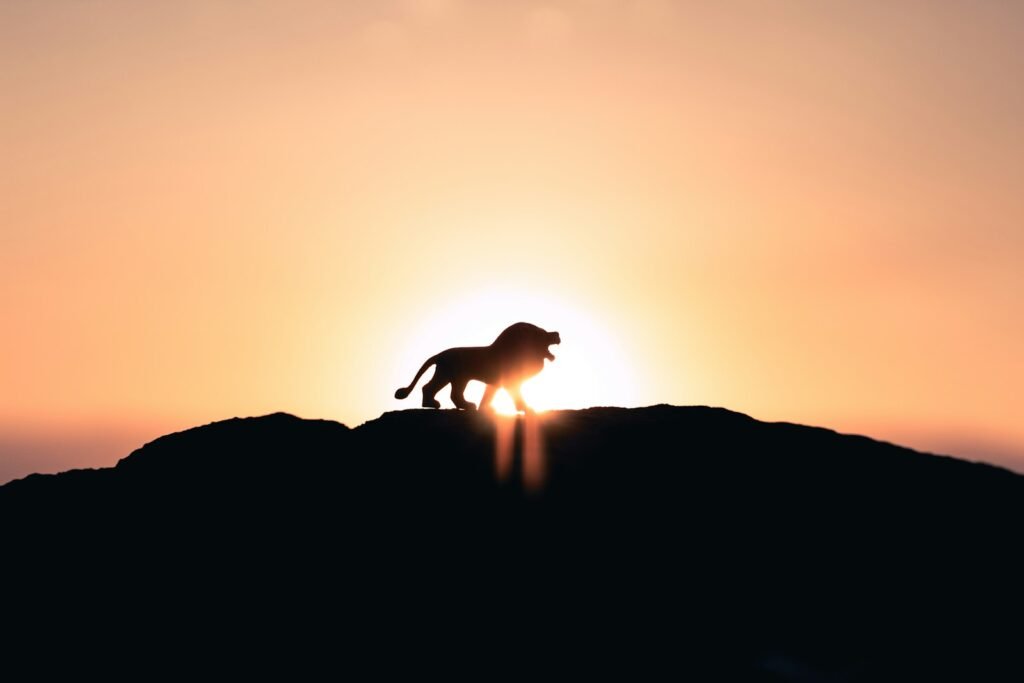
Mountain lions play a critical role in maintaining the balance of their ecosystem. As apex predators, they help regulate populations of herbivores like deer, which in turn supports vegetation growth and biodiversity. Conservation efforts have increasingly recognized the importance of preserving these predators to maintain healthy ecosystems.
The Shift in Attitudes Towards Predators
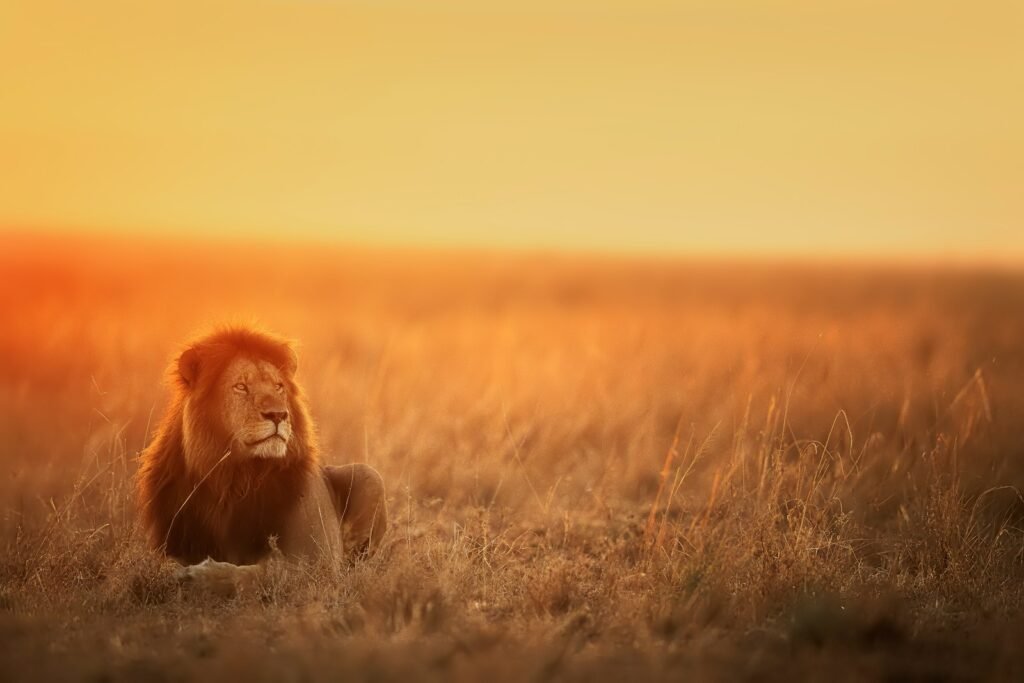
In the past, mountain lions were largely viewed as threats to livestock and human settlements, resulting in aggressive hunting policies. Over time, scientific understanding of ecological balances encouraged a shift in public perception, recognizing the value of these big cats to natural habitats. This shift laid the groundwork for contemporary conservation efforts.
The Role of Legislation in Conservation
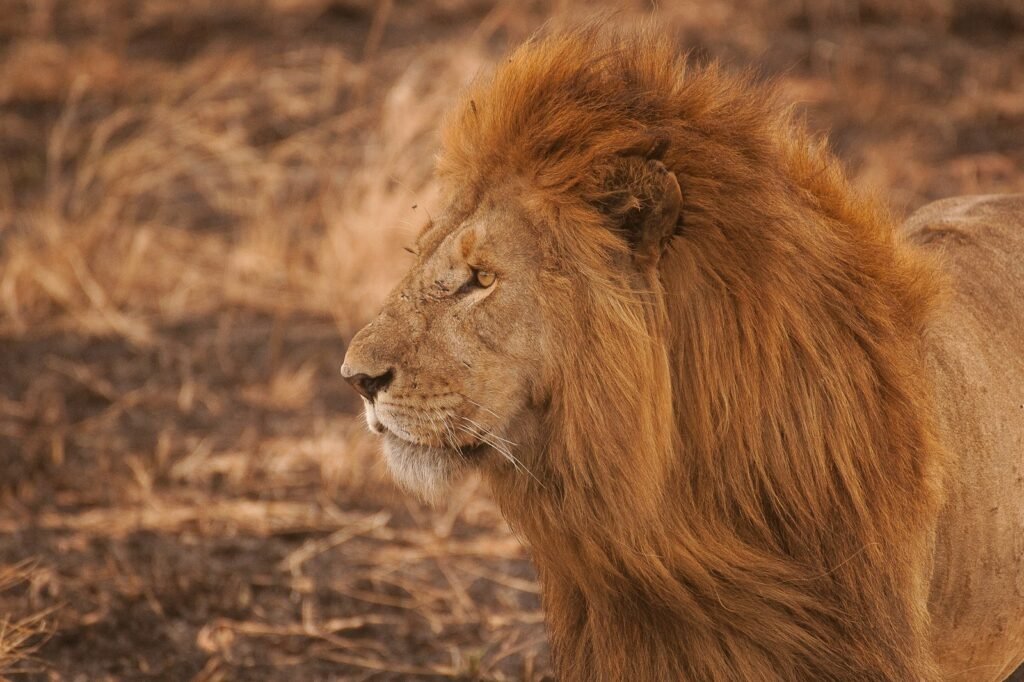
Key legislation has played a vital role in the conservation of mountain lions. The Endangered Species Act and the establishment of wildlife protection laws provided a legal framework to support the recovery of mountain lion populations. These laws restricted hunting and mandated protective measures in critical habitats.
Protected Areas and Wildlife Corridors
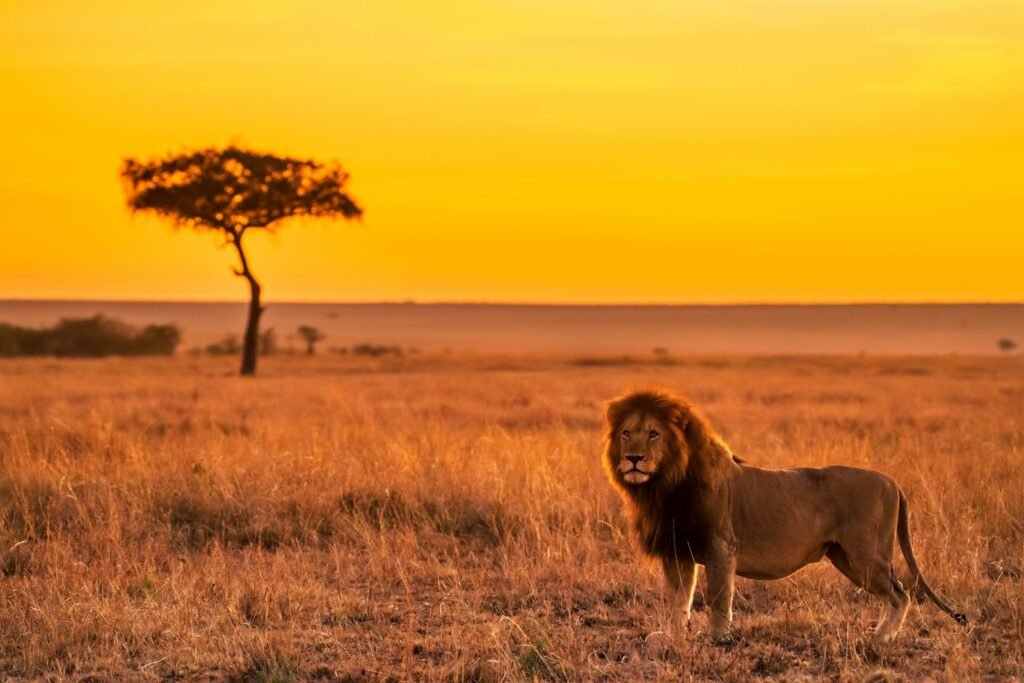
One of the most effective conservation strategies has been the creation of protected areas and wildlife corridors. These efforts ensure that mountain lions have enough space to roam and hunt without encroaching on human developments. The connection of fragmented habitats has been crucial for maintaining genetic diversity and resilience in mountain lion populations.
Community Engagement and Education
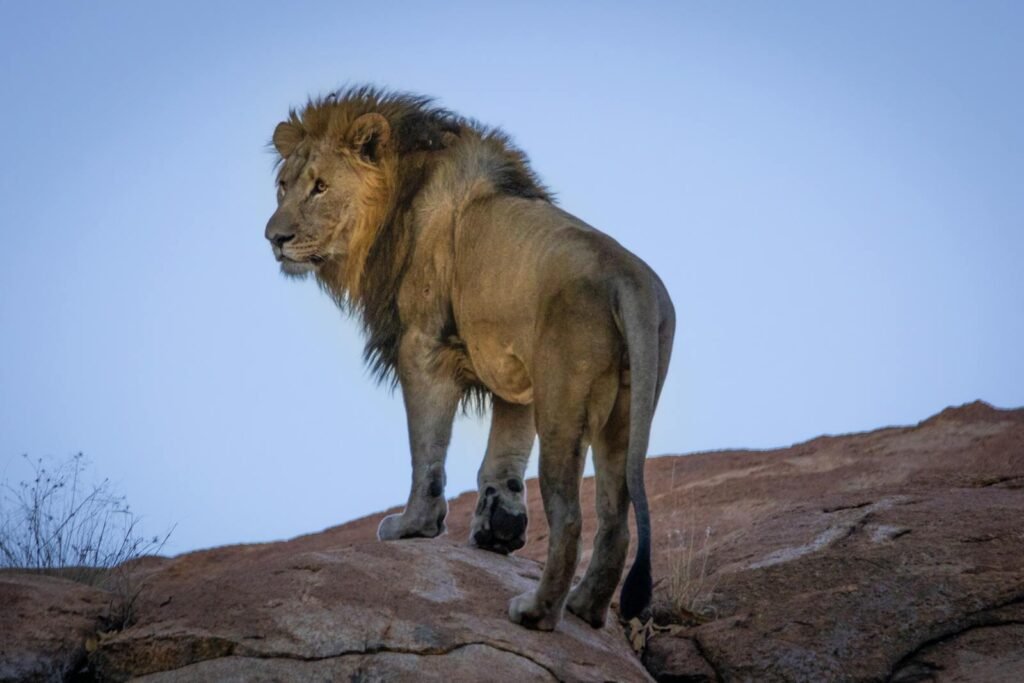
Community education programs have been essential in changing attitudes towards mountain lions. By educating local communities about the ecological roles of these predators and ways to coexist peacefully, conservationists have successfully fostered more supportive environments for mountain lions to thrive.
Technological Advances in Wildlife Monitoring
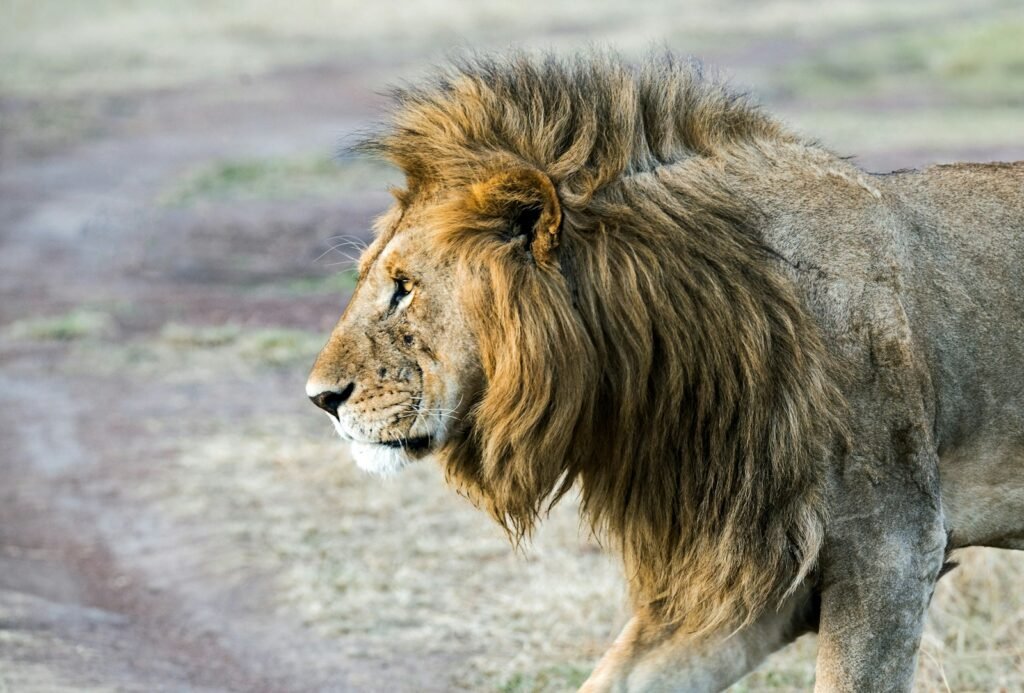
The use of technology has revolutionized wildlife monitoring and conservation efforts. GPS collars, remote cameras, and data analytics allow scientists to track mountain lion movements and behaviors in real-time. This information helps refine conservation strategies and identify critical areas needing protection.
Research and Scientific Contributions
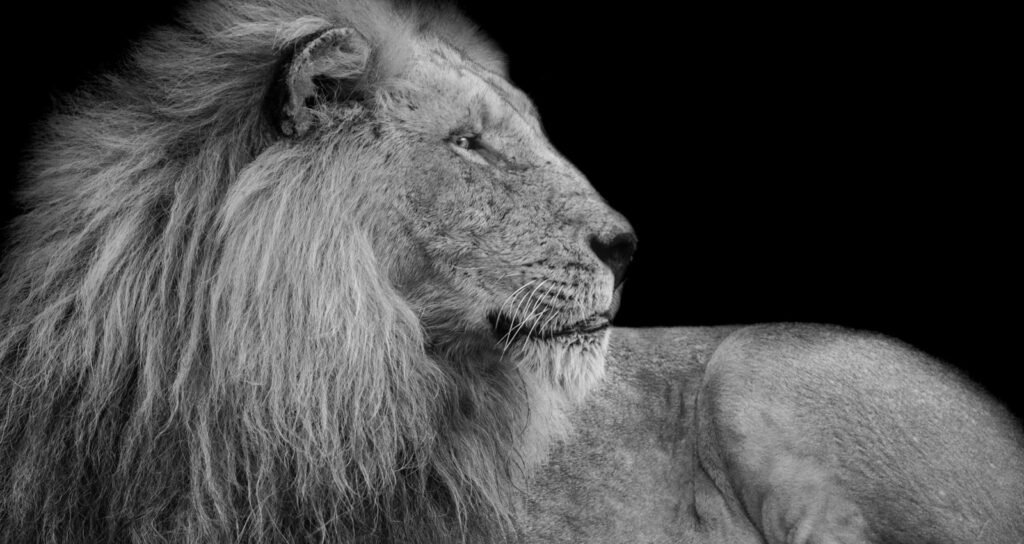
Research projects conducted by universities and wildlife organizations have expanded our understanding of mountain lion ecology and behavior. Scientific studies on genetics, population dynamics, and human-wildlife interactions have provided data-driven insights that inform effective management strategies.
Challenges and Ongoing Threats
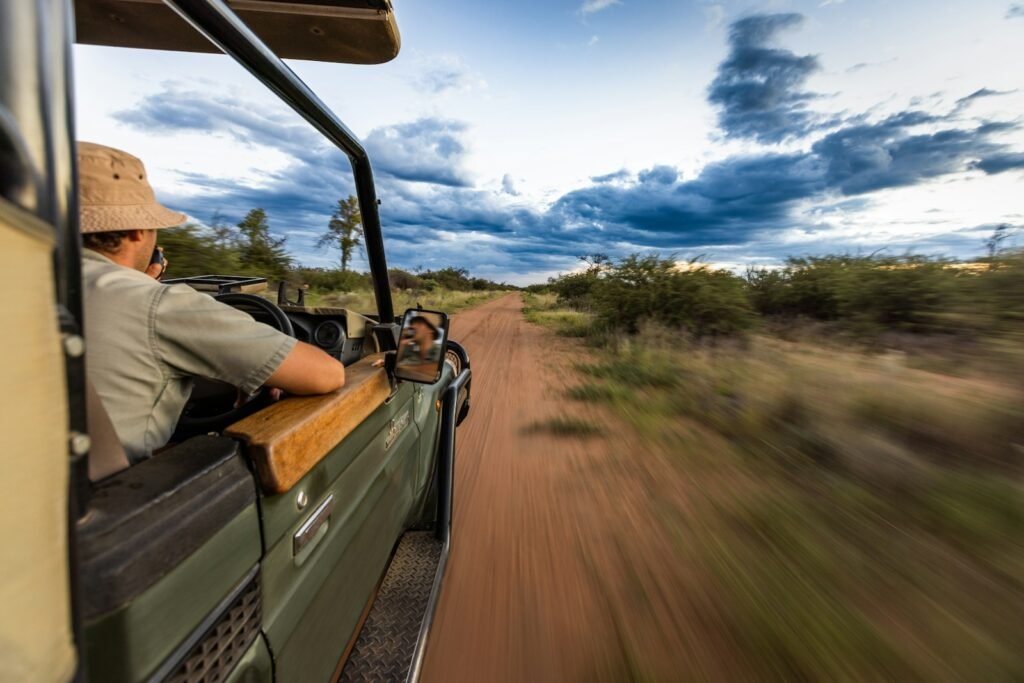
Despite significant progress, mountain lions still face challenges. Human encroachment, vehicle collisions, and illegal poaching continue to threaten their survival. Climate change also poses emerging risks to their habitats. Conservation efforts must adapt to these challenges to ensure the future of mountain lions in the U.S.
Success Stories and Positive Outcomes
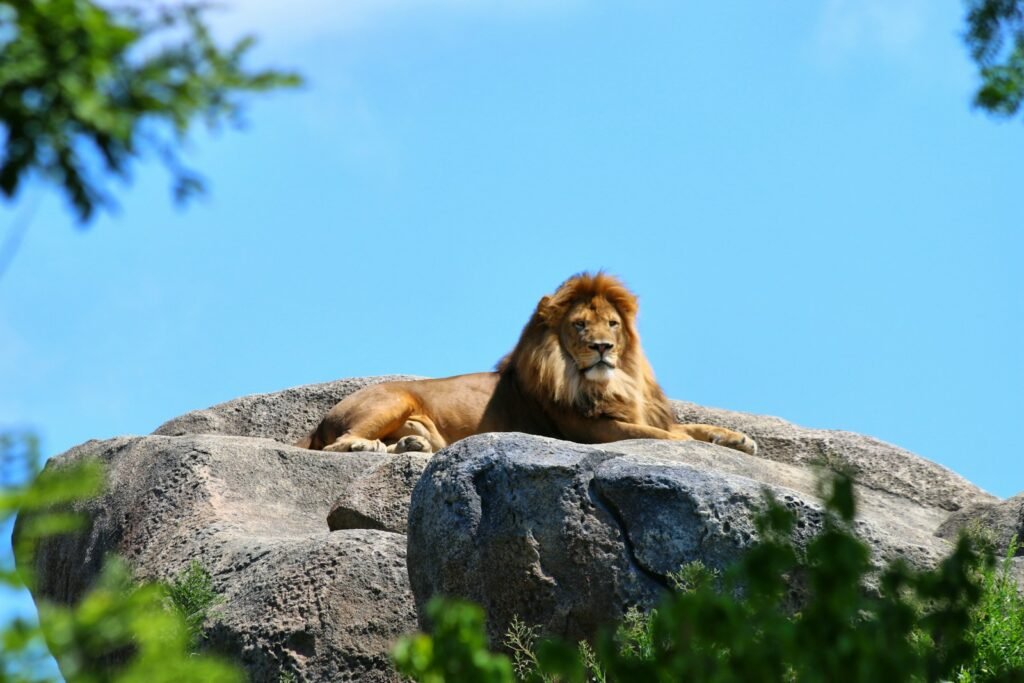
Conservation efforts have yielded impressive outcomes, with some mountain lion populations stabilizing or even increasing. The recovery in regions like the Black Hills and certain parts of California serve as examples of successful interventions. These stories provide hope and valuable lessons for future conservation endeavors.
The Road Ahead: Sustainable Coexistence
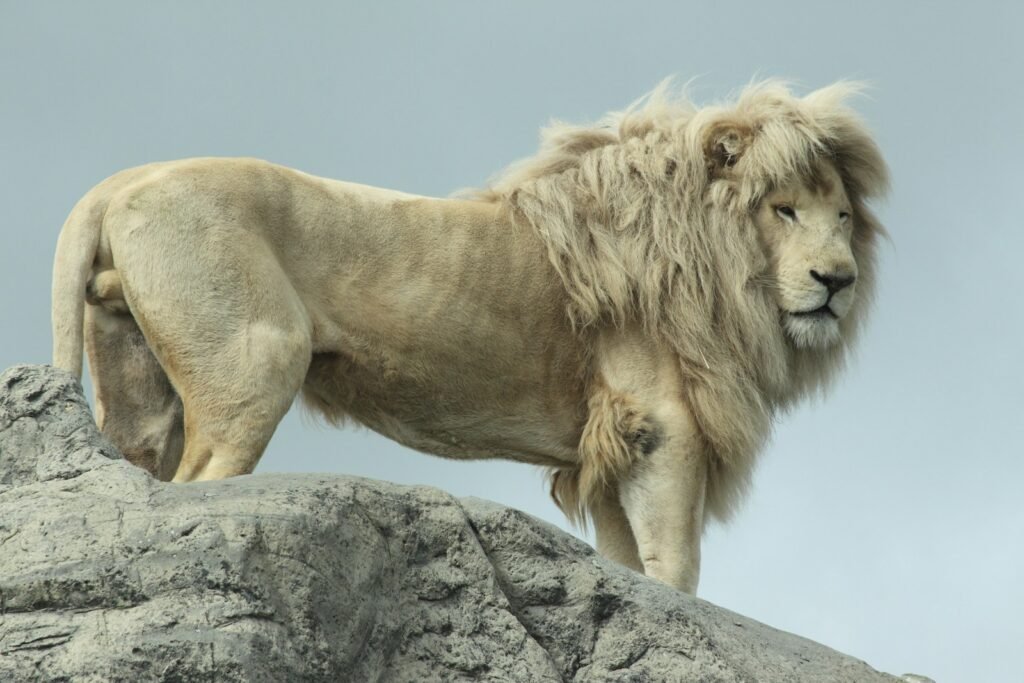
Looking to the future, achieving sustainable coexistence between humans and mountain lions remains a priority. By continuing to invest in scientific research, community education, and innovative conservation practices, we can protect these iconic animals and preserve the natural world for generations to come.

Growing up traveling and experiencing new cultures and wonders, I have had a passion for nature, adventuring, photography, and videography. I am currently working towards a BSc in Biodiversity and Ecology at Stellenbosch University, and I hope to specialise in Marine Sciences one day.
Please send any feedback to Feedback@animalsaroundtheglobe.com






